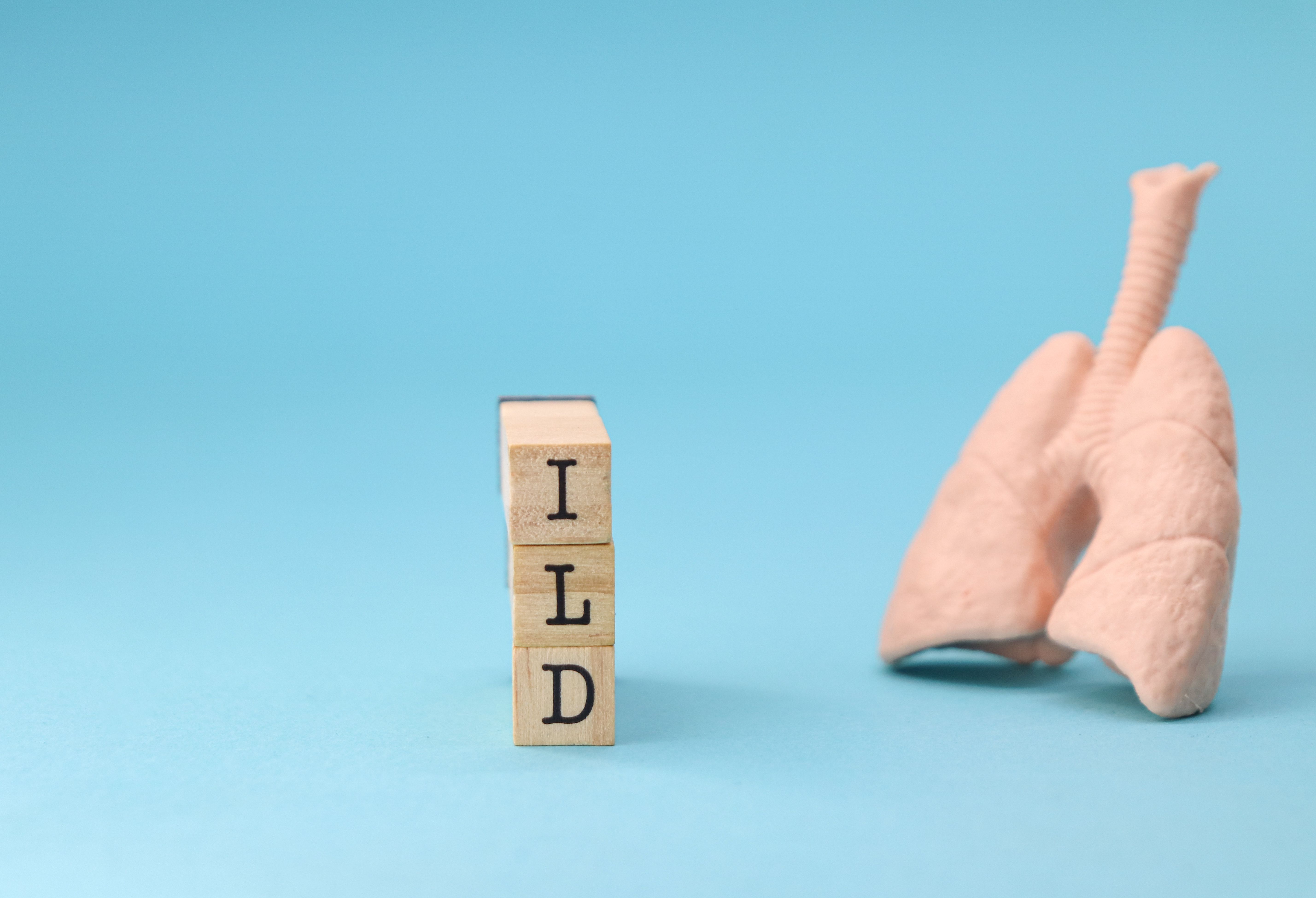Article
Study Probes How Severe Asthma Might Develop Through Allergic Inflammation
Author(s):
A recent study discovered more about the immunological mechanisms correlated with lung inflammation in some severe asthma patients, raising possibilities it may serve as a baseline for future research and drug development.
A recent study discovered that neutrophils, cytoplasts, and Th17 are correlated with lung inflammation in some severe asthma patients.
In asthma, there is a subgroup of patients with severe and uncontrolled disease despite treatment with corticosteroids. Because of the lack of improvement from conventional drug treatment, there has been suspicion of a different underlying pathogenesis for these patients compared with other patients with asthma. In most patients with asthma, the pathogenesis is believed to be related to eosinophil predominant inflammation. However, in some patients with severe asthma, neutrophil predominant inflammation and high interleukin-17 (IL-17) levels may be the cause of their disease.
Keep up with the latest respiratory news.
The authors involved in this study already knew that in response to inflammation, neutrophils will form neutrophil extracellular traps (NETs). Neutrophil death, NETosis, releases DNA-containing NETS which can result in cytoplasts. Neutrophil cytoplasts and extracellular DNA in NETS have vital roles in host defense but are also associated with inflammation. Results published previously by the researchers on this topic sought to provide some insight and understanding on this pathogenesis in relation to patients with severe asthma.
To determine if there was neutrophilic inflammation through allergen sensitization and endotoxin exposure, mice were exposed to house dust mites (HDMs) alone or in combination with an endotoxin, lipopolysaccharide (LPS). After a few days of sensitization, mice sensitized with both HDMs and LPS had significantly higher neutrophil and lower eosinophil numbers compared with mice who only were sensitized with HDMs. Collected bronchoalveolar lavage fluids (BALFs) from the mice sensitized with both HDMs/LPS also showed predominant BALF neutrophilia and NETosis occurring in the lungs. There was also a significantly higher number of Th17 cells in HDM/LPS compared to only HDM.
When anti—IL-17 antibodies were administered, mice exposed to HDMs/LPS had reduced BALF neutrophils but not lung cytoplasts. This suggests that IL-17 production has a role in neutrophils accumulation but not on NETosis. When cytoplasts and neutrophils were exposed to naïve-T cells, there was a higher abundance of Th17 cells with cytoplasts compared to neutrophils. These findings propose that cytoplasts and not neutrophils induce Th17 differentiation.
After NETosis, cytoplasts still had functional rule after exposure to HDM/LPS. After incubation with Escherichia coli particles, phagocytosis occurred within 1 hour. Similarly, cytoplasts were able to kill Streptococcus pneumoniae, a lung bacterium, with comparable results as neutrophils.
Deoxyribonuclease (DNase) given to mice exposed to HDMs/LPS to degrade NET structures, led to a decrease in NETs without a significant change in BALF neutrophils. Peptidyl arginine deiminase 4-deficient (PAD4) or NETosis defective mice had decreased number of BALF neutrophils and cytoplasts numbers unlike DNase. These findings suggest that NETosis and cytoplasts may play a bigger role than NETs in airway neutrophilia.
For patients with severe asthma with BAL neutrophils and DNA, there were more frequent asthma exacerbations and sinusitis. The clinical implications of this support the correlation between BAL neutrophils and cytoplasts with severe asthma.
Pathology in patients with severe asthma is unclear, which limits effective treatment options. The role of neutrophils, cytoplasts and IL-17 may serve as a baseline for future research and drug development in this population.
Reference
Krishnamoorthy N, Douda D, Brüggenmann, T, et al. Neutrophil cytoplasts induce Th17 differentiation and skew inflammation toward neutrophilia in severe asthma. Sci Immunol. 2018;3(26): pii: eaao4747. doi:10.1126/sciimmunol.aao4747.










